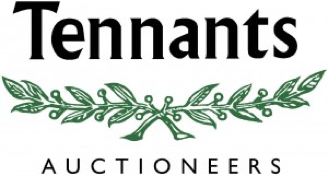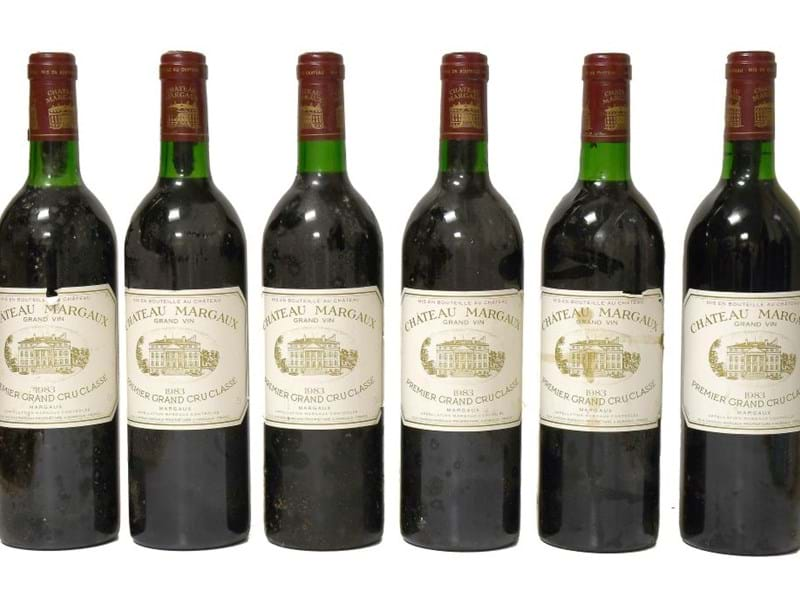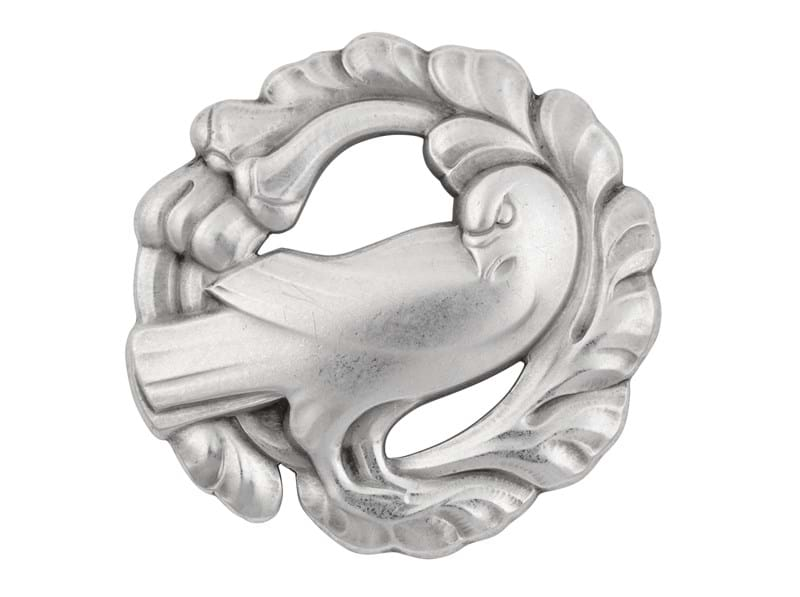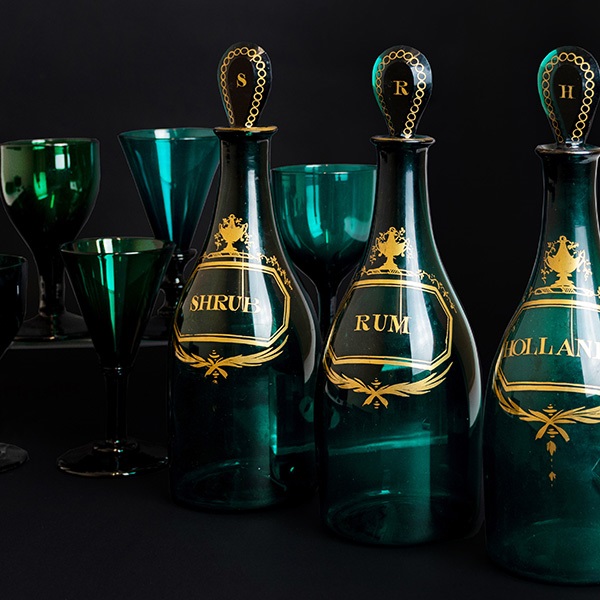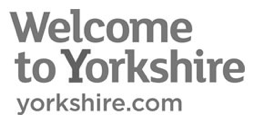Knitting sheaths are small carved wooden sticks that first appeared in the early 17th century.
Historians believe that knitting can be recorded as far back as 3rd century Egypt, and like many practices it is thought that the skill was disseminated along wool trade routes by merchants. Up until the 19th century, knitting at home was a necessity rather than the past-time it has become today. Not only did it provide warm clothing, but it was a cottage industry – a way for both men and women to generate income in the home. After the industrial revolution, many commercial knitwear factories opened, producing wares at such a pace and at such low prices that home knitters couldn’t compete.
However, during the heyday of home knitting, the sheath was a tool of great efficiency. The end of one needle would be fitted into the hole at one end of the sheath, which would then be tucked into a pocket or a belt on the right side of the knitter’s waist. This had a two-fold benefit: most importantly, it gave the knitter greater control of the yarn and its tension, as the hand would be independent of the needle; secondly it freed up the right hand between stitches to aid in multi-tasking around the home without the need to sit or put your knitting down. Indeed, in the North of England miners used to use their daily and often long walk to and from work to knit socks for a little extra income.
Not only were knitting sheaths incredibly practical tools, they became decorative and much-loved items, which often carried special meaning for the owner. Many men would carve their own, or carve one as a love token, including initials, quotes and personalised decoration. Over the years, designs became ever more ornate and decorative. Particular designs and styles were often regional, with even small towns and villages having their own unique shape and pattern. Perhaps the most prominent and popular shape of sheath was the ‘goosewing’, which had a curved lower half to fit against the body comfortably that resembled the wing of a bird. Many sheaths exhibit great amounts of craftsmanship, and the finest examples would have been much sought after. Some of the most intricate sheaths incorporated carved, movable chain link or a ‘ball and cage’ element in which a single piece of wood was carved into a cage, with the central wood carved into a mobile ball that rattled about in the cage.
Unfortunately, by the beginning of the 20th century knitting sheaths were largely disregarded and disposed of, and comparatively few remain today, particularly those in good condition. However, out lying areas, such as North Yorkshire and County Durham, away from centres of industry saw the use of knitting sheaths thrive well into the 19th century and many of the examples that appear on the market at Tennants hale from these areas. Knitting sheaths have become a popular collector’s item today, being valued for the unique shapes, intricate carving, rich patina and reminders of a bygone era. The most intricate and competently carved carry the highest prices, but those with strong family provenance or that carry the names of the original owners are also much sought-after.
A good collection of knitting sheaths are coming up for sale in the Costume, Accessories and Textiles Sale on 17th August 2019.
View Sale Details
